Celebrating World Otter Day with Preschoolers
Affiliate Disclosure: “This post contains affiliate links, which means I receive a small commission, at no extra cost, if you make a purchase using those links.”
Word Otter Day is celebrated every year on the last Wednesday of May to raise awareness about these playful mammals, their habitats, their crucial role in our ecosystem, and the threats to their survival they are facing. This year, this special day falls on the 29th.
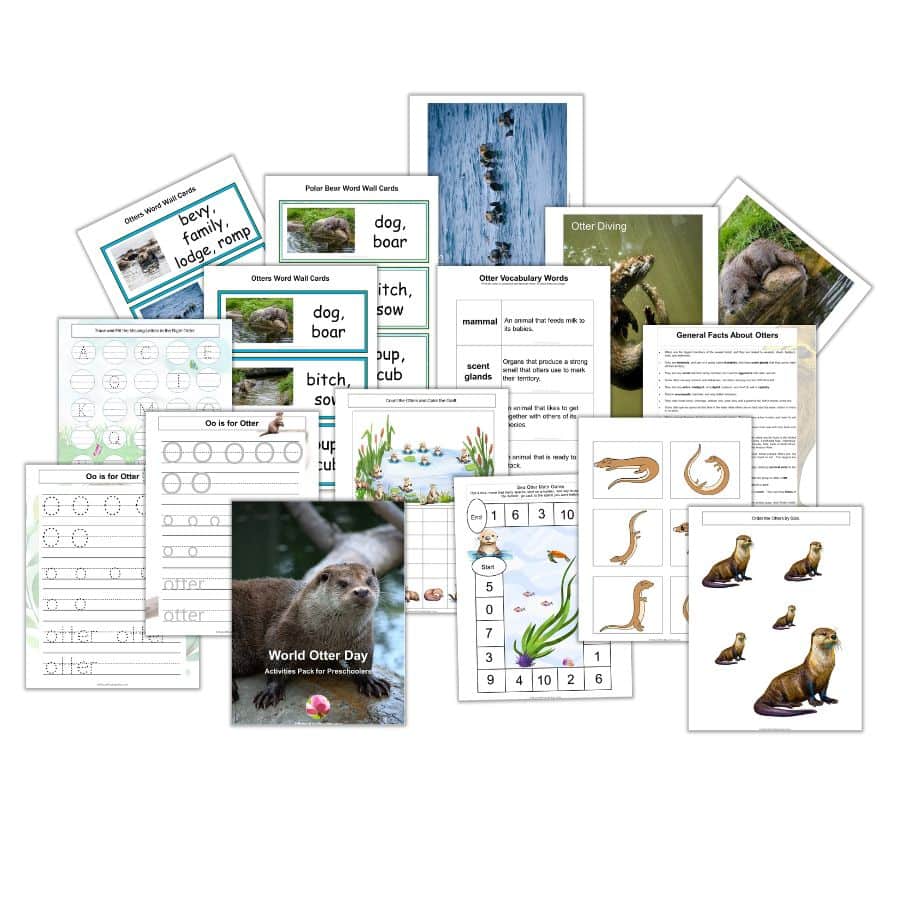
At the end of this post, you will find a World Otter Daypack as my gift to you. It includes 27 pages of Literacy, Science, Math, and Fine Motor activities for your preschoolers that you can use to complement the other activity suggestions and ideas I’m offering you below to celebrate this important day.
History of World Otter Day
The idea to create World Otter Day started in Cambia back in June 2009, with the beginning of the Otterly Mad Week, a special event that lasted one week filled with fun, engaging, and educational activities to make people aware of the need for otters, trying to get them involved in their protection. Since then, every year, these workshops have helped in many places such as Indonesia, Bangladesh, China, and Cambodia, of course.
These workshops provide training about otters’ situation, importance, and other conservation issues, law enforcement, techniques used in the field, current research, and other important related issues.
In November of 1993, the International Otter Survival Fund (IOSF)was established. It is the leading organization dedicated exclusively to the conservation and protection of all otter species and their habitats, and it supports everybody who is researching otters and working on their rehabilitation worldwide.
The Otterly Mad Week has such an impact worldwide that in 2014, it became International Otter Awareness Day, reaching a wider number of countries and increasing its impact.
In 2015, Tanzania held the first African Otter Workshop, with the participation of park rangers, otter rehabilitators, ecologists, and other experts from ten sub-Saharan countries: Ghana, DRC, Benin, Gambia, Ethiopia, Malawi, Kenya, Rwanda, South Africa, and Tanzania. The workshop’s purpose was to train the participants in field techniques, conservation issues, and special programs related to otters.
Finally, in 2016, World Otter Day was funded and declared a global celebration to call attention to otters and advocate for their protection around the globe. This event was made possible with the complete support and dedication of the International Otter Survival Fund (IOSF) in 44 countries.
How to Celebrate World Otter Day
Celebrating World Otter Day with your preschoolers can be as simple and fun, and what’s more important is to help them and other people learn about these amazing mammals. These are some ideas of things you can do:
- In some places, these cute mammals are so elusive and hardly seen that many people who live in the area don’t know about them; therefore, you must learn about otters, their characteristics, habits, habitats, and what threats they are facing, and teach your preschoolers, family, and friends about everything you learned. Education and information are two of the most powerful tools to have successful conservation projects.
- Offer your preschoolers some art projects. You can find several ideas at kidsartncraft.com.
- Show your children videos about otters. Those will help them get to know the otters a little better and hopefully encourage them to be their protectors in the future. Below are some you can find on YouTube.
- Invite your preschoolers to dress up as otters and have a parade. To complement the day, have them wear their bathing suits during Outside Time and turn on the sprinklers or water hose for a fun water day.
- Serve fish for lunch, and have your preschoolers eat their meal with their “forepaws,” wearing disposable gloves to emulate webbed feet. For extra fun, you can also serve pudding with gummy worms inside during snack time.
- Invite a zoologist, vet, biologist, or any other animal expert to come and talk to the children about otters.
- Use your social media to share posts from various organizations that work to save otters and raise awareness about World Otter Day.
- Organize a fundraising event to raise funds for an organization like the IOSF, which tirelessly protects otters and their habitats. Even a small contribution can make a big difference.
- Go on a field trip with your children and their families to your local zoo to watch the otters. That will allow them to observe these mammals in person.
- Invite your families to create an art piece about otters with their children. It could be a collage, a drawing, a painting, or maybe a sculpture. Then, prepare an exhibition for all the families to enjoy. This is a wonderful way to get your families’ participation and encourage them to learn about these cute animals in a very personal way.
- Find out if your local zoo or wildlife organization plans to host special events on World Otter Day. These could include educational workshops, clean-up drives, fundraising events, or even otter-themed parties. Participating in these events can be a great way to contribute to the cause and meet like-minded individuals.
- Invite your family and friends to symbolically adopt an otter through the World Wildlife Organization (WWF), Mote Organization, or the Sea Otter Foundation Trust. This action will help care for and protect these animals, and the otter “parent” will receive updates about the adopted otter and learn about its life.
General Facts About Otters
- Otters are the larger weasel family members and are related to weasels, stoats, badgers, mink, and wolverines.
- They are mammals and part of a group called Mustelids, who have scent glands that they use to mark off their territory.
- They are very social with their family members but could be aggressive with other species.
- Some otters are common and well-known, but others are rare and difficult to find.
- They are very active, intelligent, and playful creatures and don’t do well in captivity.
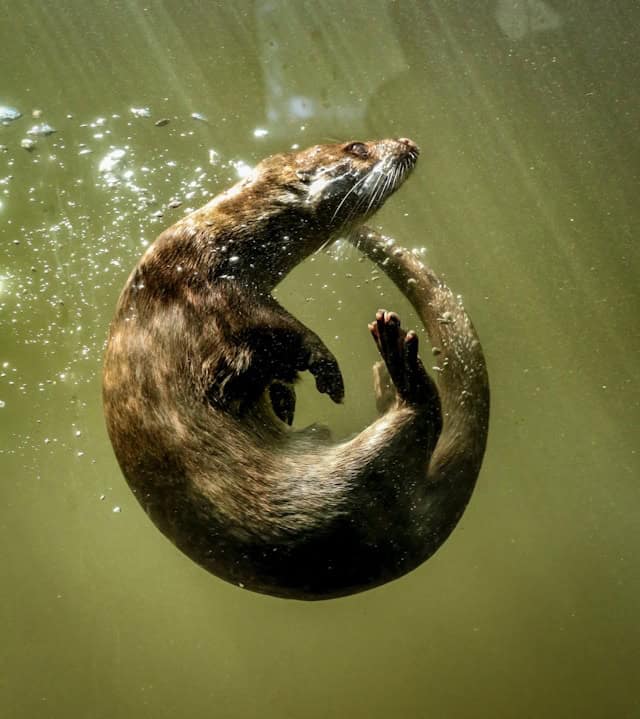
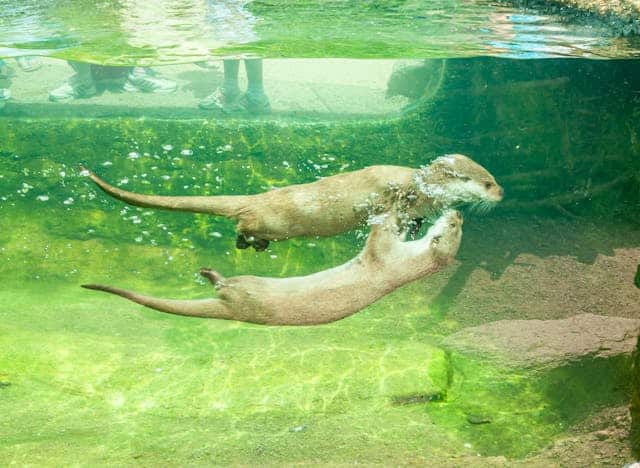
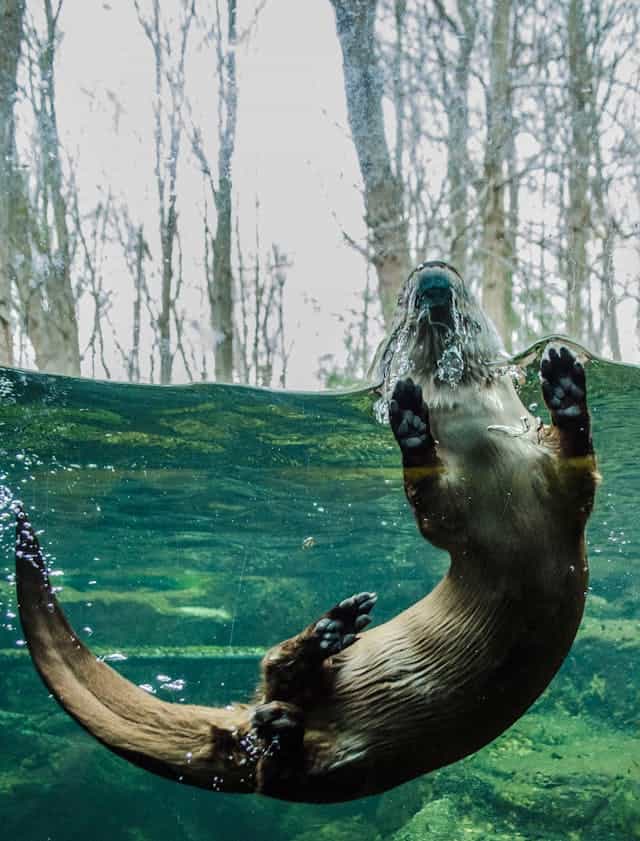
- They’re semi-aquatic mammals and very skilled swimmers.
- They have broad snout, short legs, webbed feet, small ears, and a powerful tail that is thinner at the end.
- Some otter species spend all their time in the water, while others are on land near the water, either in rivers or oceans.
- Otters are carnivorous, but they also eat aquatic plants. They are very active hunters and must consume large amounts of food to compensate for their fast metabolism.
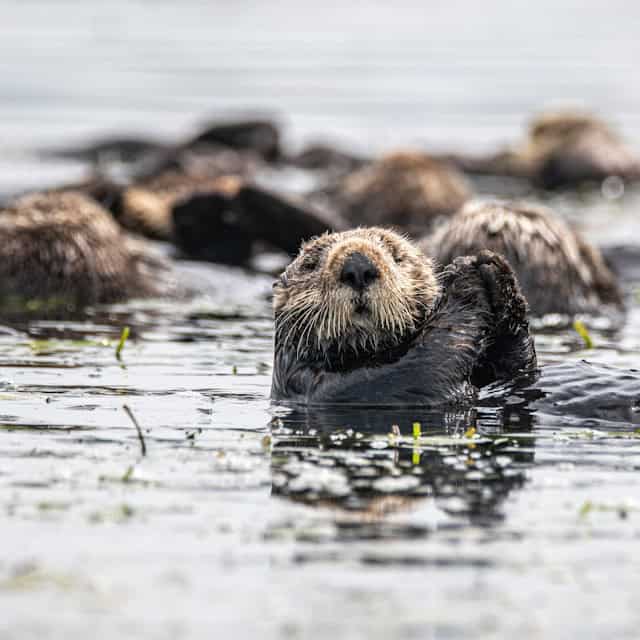
- Otters use their forepaws to capture and hold their food. All otters clean their coat with their teeth and paws after every meal.
- There are thirteen species of otters. Sea and North American River otters can be found in the United States. Asian Small-clawed otters live in southern India, southern China, Southeast Asia, Indonesia, and the Philippines. European and Eurasian otters are found in Europe, Asia, parts of North Africa, and the British Isles. The Giant otter is found in South America around the Amazon River.
- The male and female otter bodies are almost the same. The Asian Small-clawed otters are the smallest, weighing less than 10 pounds and measuring two feet from head to tail. The largest is the Giant and Sea otters, which can reach 5.9 feet and weigh 99.2 lb.
- They live alone or in pairs but get together in small social groups for play, teaching the young ones survival skills.
- A group of otters is called a bevy, family, lodge, or romp, and when in the water, it is called a raft.
- A male otter is called a dog or boar, and a female otter is called a bitch or sow.
- Otters can have babies at any time of the year, in a den called a holt or a couch. They can have litters of up to six babies, called pups or cubs.
- Together, all members of the family group help to take care of and feed the young pups, and Asian small-clawed otter couples stay together for life.
- Otters live less than 10 years in the wild and up to 16 years in captivity.
- Otters are considered a “keystone” species, meaning their well-being is often an indicator of the health of their entire habitat, which means that their survival is crucial for healthy ecosystems and many other species that share their habitat.
- Otters are in serious trouble due to habitat destruction, a lack of prey, killing, and illegal trade. Twelve of the 13 species are disappearing. Seven of these species are classified as vulnerable, and five are endangered.
Facts About River Otters
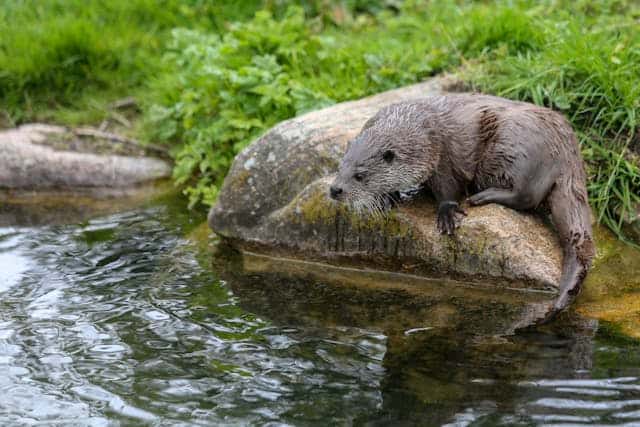
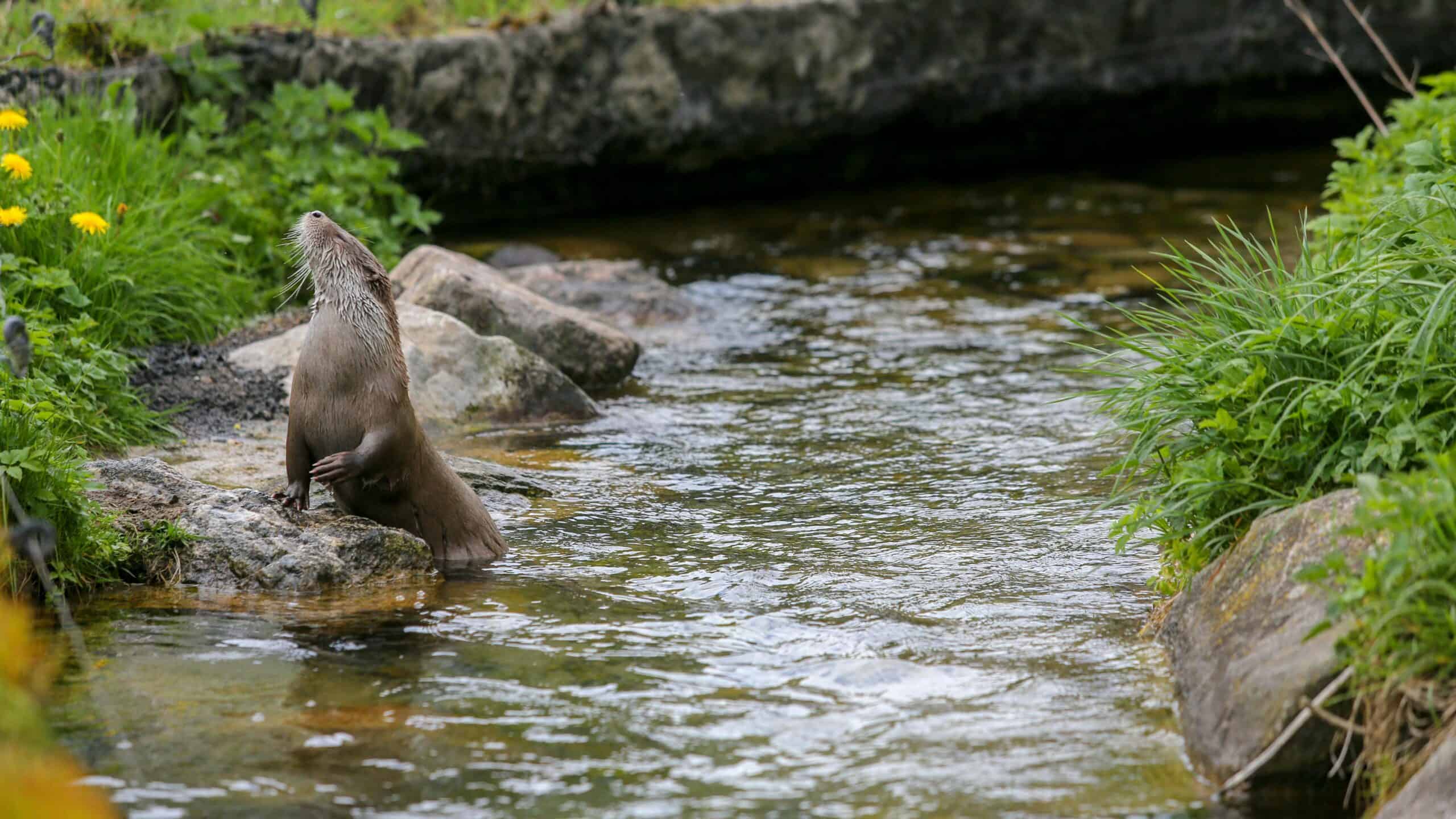
- River otters eat fish, crustaceans, amphibians, snakes, water insects, snails, worms, small mammals, birds, eggs, frogs, turtles, and aquatic invertebrates.
- They are apex predators, helping to keep control of smaller animal populations, which maintains the balance of their ecosystem.
- River otters spend two-thirds of their time on land.
- They are found along rivers, streams, lakes, estuaries, coastal bogs, and large marine waterways.
- River otters can dive to a depth of 60 feet, and hold their breath for up to 8 minutes.
- River otters can hold their breath for up to 8 minutes while underwater.
Facts About Sea Otters
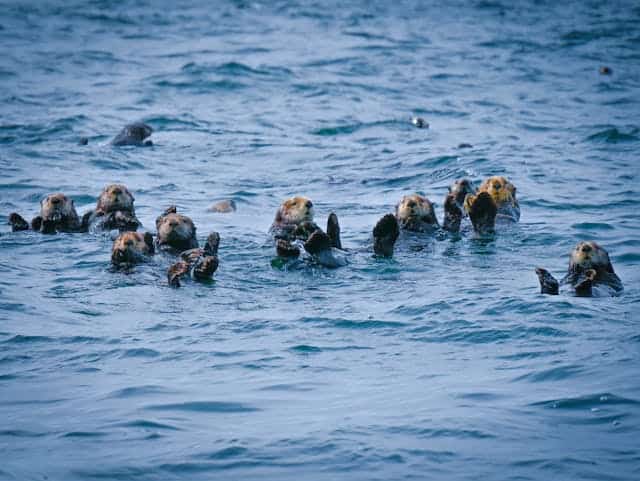
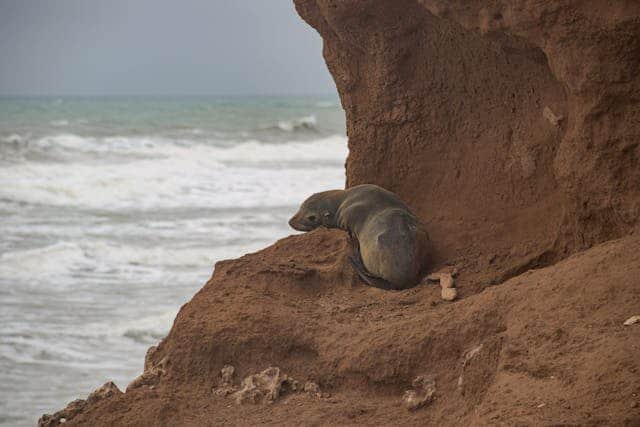
- Sea otters are the smallest marine mammals in the world. They can grow up to 4 feet long and weigh between 30 and 100 pounds.
- They can be found in rocky shores, kelp forests, and statuaries along the coasts of the Pacific Ocean in North America and Asia, from Japan to Alaska, and down to California.
- Sea otters can swim at up to 5.6 miles per hour, hold their breath for up to 5 minutes, and dive to depths of up to 330 feet.
- They often float at the water’s surface to nap, entangling themselves in seaweed to keep from moving in the sea, and even holding hands while resting in groups to prevent themselves from drifting apart.
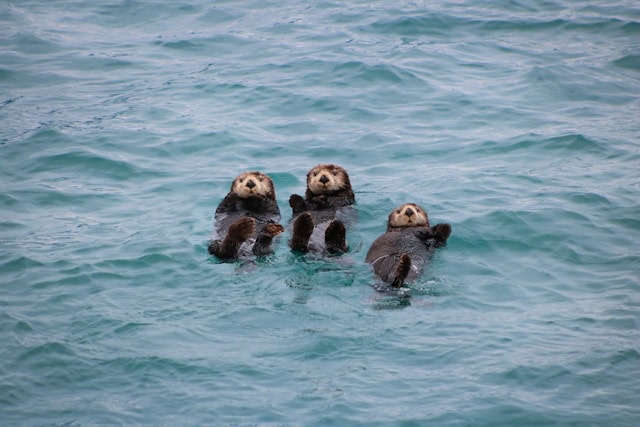
- While floating on their backs, sea otters place a rock on their chest and use it as a tool to help them open clams, mussels, or other shellfish. They also eat fish, crawfish, sea urchins, crabs, and aquatic plants, and occasionally they eat small mammals, birds, and rodents.
- Sea otters help control the populations of sea urchins, which prevent kelp forests from being overgrazed, keeping their ecosystem healthy.
- Sea otters have an excellent sense of smell, and sensitive whiskers, which help them locate food.
- They don’t have a blubber layer to protect them from the cold, but their dark brown fur is dense and water-resistant, to provide insulation. They also spend a lot of time grooming and conditioning their fur, to trap heat and air next to their skin.
- They are very vocal and communicate using chirps, growls, and whistles. They also use body language to send messages.
- They are the only otters to give birth in the water. Mothers cuddle their pups on their chests while floating on their backs, to nurse and groom them, to keep their fur clean and free of parasites.
- Sea otters were hunted for their fur to the point of near extinction, but even when conservation efforts have helped increase their populations in some areas, they remain an endangered species.
Books About Otters
These are some of my favorite books about otters. If you don’t have any available, you can go to your local library, or used book store and use my links on the titles to get them from Amazon quickly. Get as many as you can, read them to your preschoolers, and fill your library and centers.
- Good Night, Little Sea Otter by Janet Halfmann. This sweet story uses luminous illustrations of the sea and talks about a little sea otter wanting to say good night to all the creatures in the sea before she and her mom settle down to sleep in a bed of sea kelp.
- Sea Otters by Laura Marsh. This book uses beautiful photos and carefully leveled text to allow children to explore the fun-filled world of lovable otters through their aquatic habitats, learn how otters raise their young, and discover their curious and social natures.
- Peek, Otter! by Shira Evans. In this book, children will learn all about river otters and introduce them to vocabulary in concept groups, helping them make connections between words and expand their understanding of the world.
- Otters Love to Play by Jonathan London. This story follows a litter of baby river otters emerging from a den to chase one another, slide down a mudbank, jump in a pile of leaves, learn to swim, catch fish for their dinner, and groom themselves, through the seasons.
- What If There Were No Sea Otters? by Suzanne Slade. This book talks about the importance of sea otters for the ocean ecosystem health, and the difference that the loss of these animals would make.
- Otters! by Hope Aicher. Using full-color photos and fun, interesting facts, this book teaches children about the fascinating world of otters.
- A Sea Otter to the Rescue by Thea Feldman. This incredible book tells the story of a sea otter that lived in an aquarium in California, how the mothered rescued pups, and taught them how to look for crabs and open clam shells, and how she also inspired a state law to protect the endangered species.
- Olivia Otter’s Journey by the River by Oliver Moonbean. This enchanting storybook teaches children about the importance of respect in a way that’s as entertaining as it is enlightening, through Olivia’s engaging escapades along the riverbank.
- Good Night, Little Sea Otter by Amanda Wood. This adorable tale features cute photographs combined with stylish illustrations, to show how a little otter discovers how hugs can make a big difference.
- I Love You Like No Otter by Rose Rossner. This heart-warming story combines a warm message of love with beautifully illustrated animal families.
Pin It For Later
If you are in a rush and don’t have time to read the post and download the printable but want to save it for later, pin it to one of your Pinterest boards.
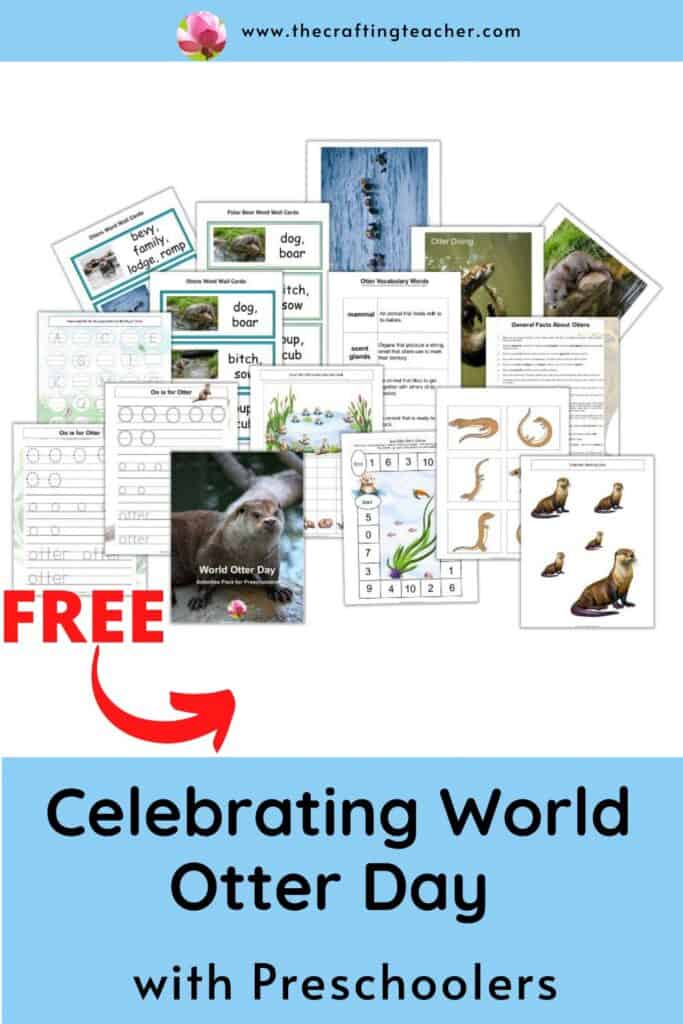
I feel like we, as educators and parents have to do everything we can to create in our preschoolers the desire to become defenders of the planet and its inhabitants for life so that future generations can get to know and enjoy all existing species.
I hope you enjoy these ideas, and help you have fun during the World Otter Day celebration with your preschoolers. To get the FREE pack, you just have to click on the link below and put your information, for an immediate download.
Be happy, safe, and creative. I wish you well.
Love,

P.D. Please let me know if any of these ideas worked for you, or if you think I need to add or replace something. My goal is to help you in any way I can.

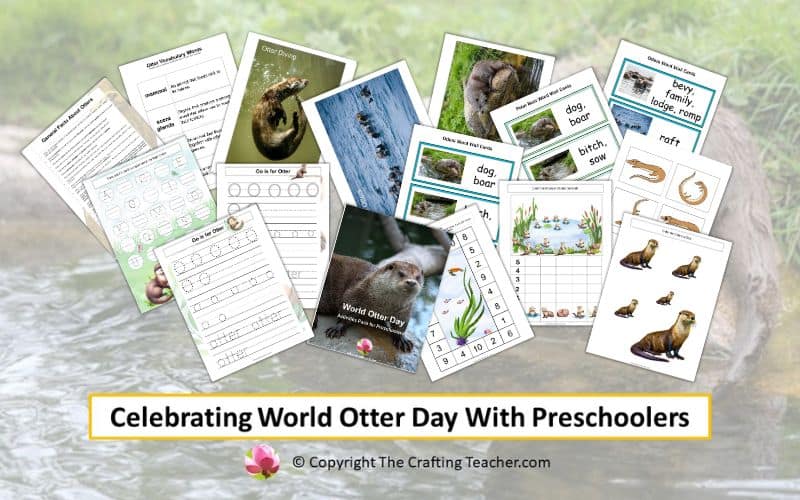
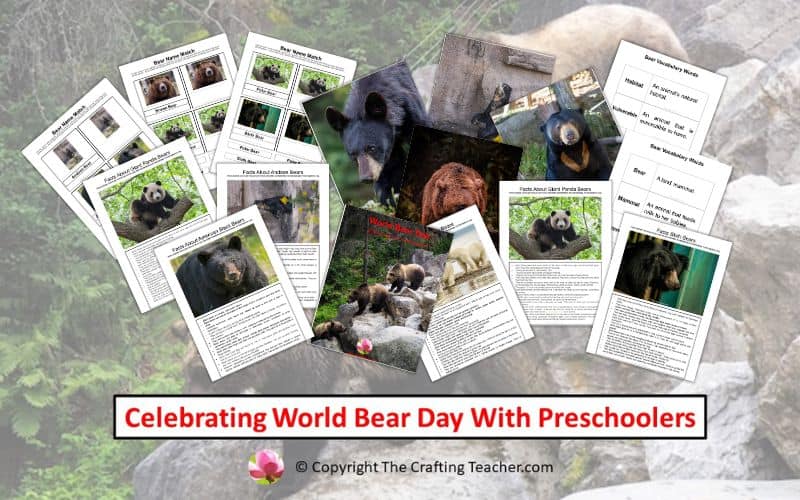
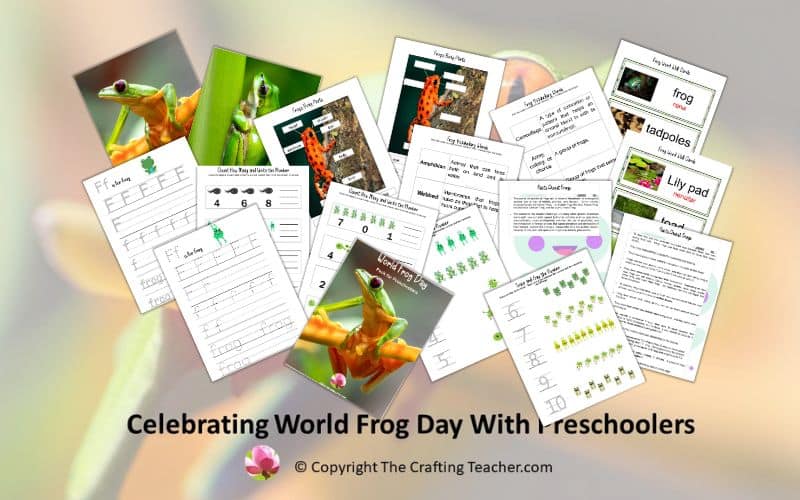
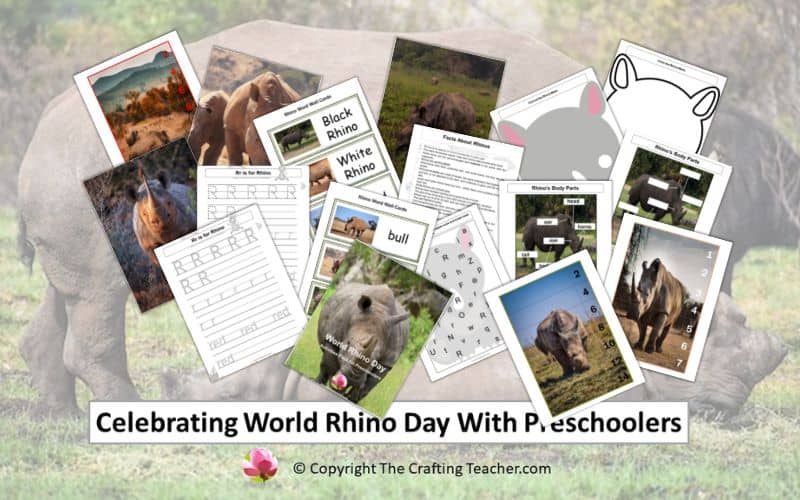
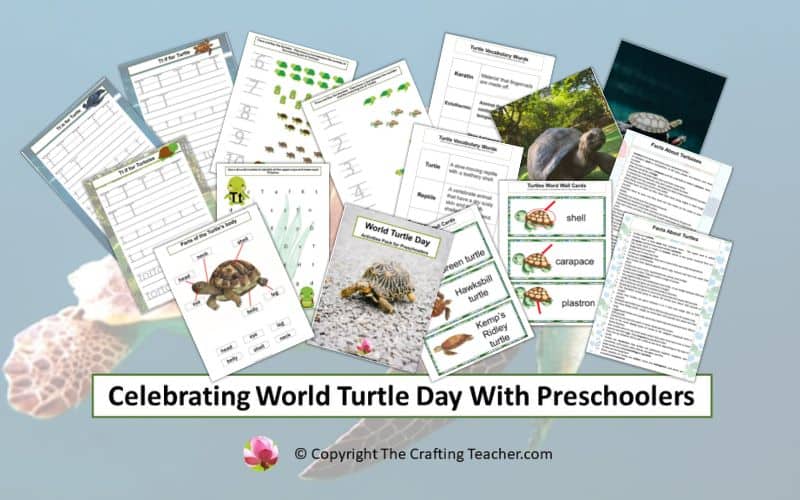
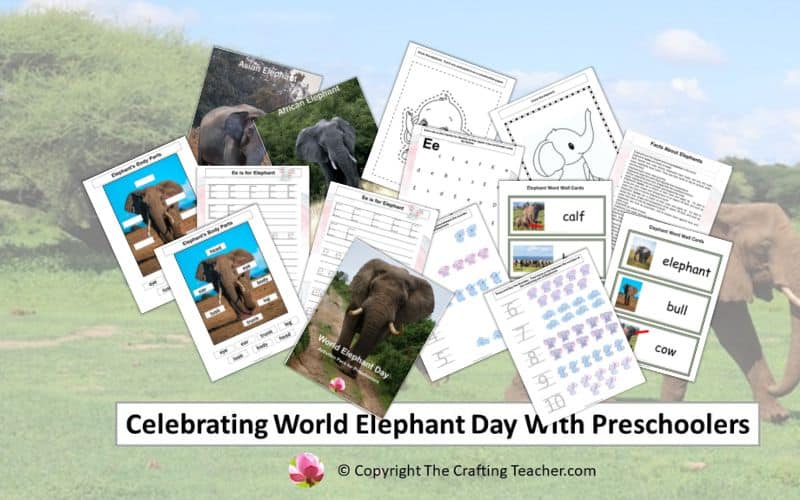
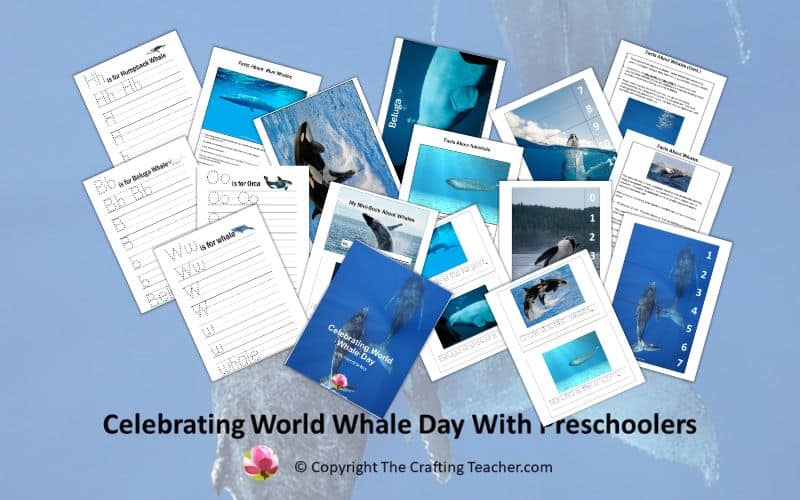
Thanks, I’ve been looking for this for a long time
Thank you! I’m glad I go find it useful.